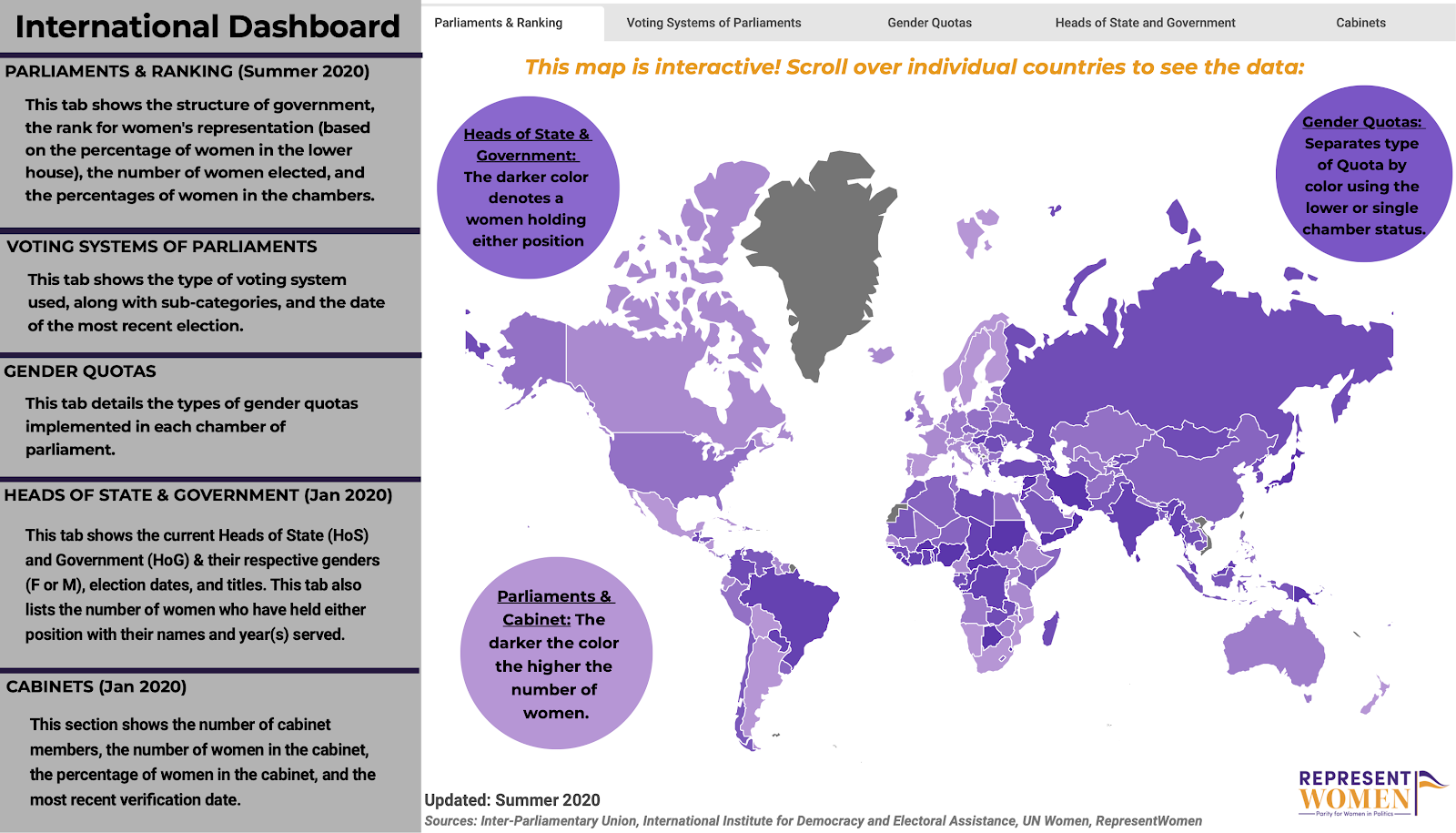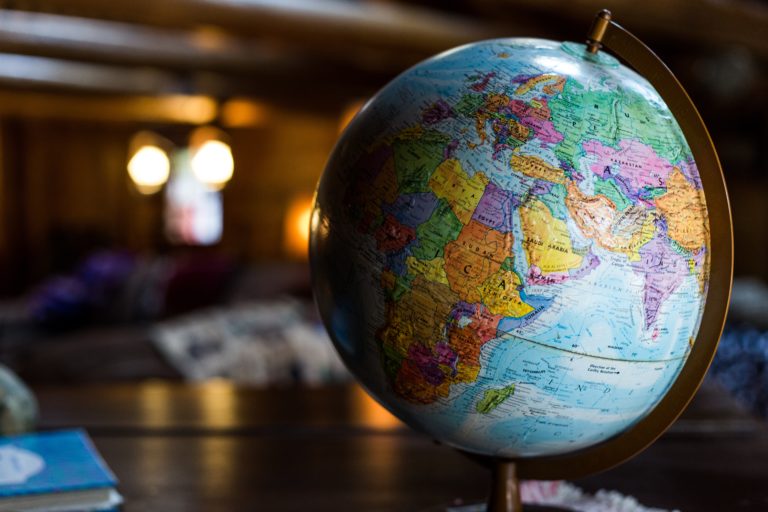We are in a unique position this year. It has been 100 years since…
International Women’s Day: What can the US Learn from the World?

Every year the international community fighting for gender equality celebrates International Women’s Day on March 8th. It is a day to commemorate progress made for women around the world, and it provides a yearly reminder of how the US is doing in terms of women’s representation in government compared to the rest of the world. Representation is vital for policies and legislation to reflect the needs and interests of women.
As of January 2021, the United States ranks 67th in the world for women’s representation, tying with Mali and falling below Egypt, Lao People’s Democratic Republic, Lithuania, Estonia, the Dominican Republic, and the majority of our democratic allies.
In the United States, women make up only a fraction of the leadership in federal, state, and local governments. As it stands, women hold 24% of seats in the Senate, 27% of seats in the House of Representatives, and women make up 30% of statewide elected executives, 31% of state legislatures, and 23% of mayors in cities with populations over 30,000.
While women’s representation in the United States has improved over time, our progress is slow and intermittent, stymied by the systemic obstacles women face while running for office (obstacles that often prevent them from winning even if they do run). The current system does not afford women the same opportunities to run and serve in office as their male colleagues. The countries that outrank the United States have systems that afford women more opportunities to excel in political office.
While the United States struggles to break into the top 50 ranked countries for womens’ representation, many other countries are making progress toward gender-balanced governments. New Zealand ranks 5th globally for women serving in national parliaments. The higher prevalence of women serving in New Zealand’s government is attributed to its mixed-member proportional (MMP) system, where voters are given two votes, one to decide who represents their area, and another for a political party. Additionally, parties in New Zealand have adopted voluntary gender quotas, with some parties committing to 50 percent gender quotas. The combination of the MMP system and gender quotas have been successful in accelerating progress toward gender parity in New Zealand. Currently, women make up 48.3% of Parliament, and Jacinda Arden has been serving as the nation’s 40th prime minister and leader of the Labour Party since 2017.
Similarly, Finland has had success in accelerating women’s representation. Finland uses multi-seat districts, rather than single-winner districts favored in the US. Multi-seat districts have proven more successful in advancing women’s representation. Complementing this electoral system, Finland has legislated gender quotas, requiring 40% of the members of government committees, advisory boards, and planning decision-making bodies be women. This has paved the way for more women to serve in Finland’s parliament, ranking 11th for women’s parliamentary representation.
Despite several record-breaking years for women running and winning office in the US, balanced representation continues to fall out of reach. Whether through voluntary gender quotas or revamping our single-winner, winner-take-all system, the United States could learn from its international peers in addressing the political gender gap.
Link to interactive map here.






